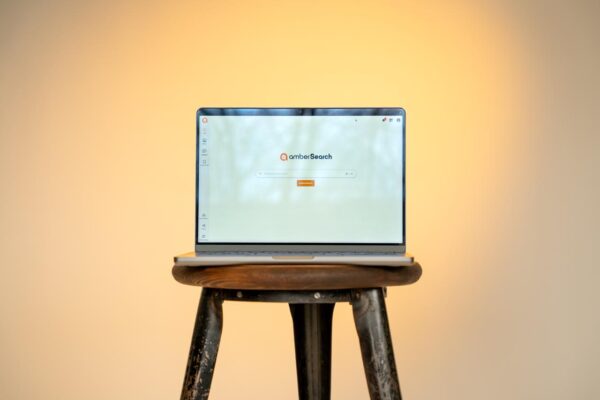By Abel Karowangoro*, Contributor
In the digital age, maintaining a positive online presence is crucial for both individuals and companies.
Digital footprints — traces of online activity — can either enhance or destroy reputations, depending on what they reveal
The content we share, the comments we make, and the data collected by various platforms contribute to these digital trails, which can have long-lasting effects on both personal and corporate reputations.
For businesses, a tarnished online image can have severe financial consequences, making it essential for companies to actively manage their digital footprint.
The lasting impact of digital footprints
Digital footprints, which include everything from social media posts to blog comments and web browsing histories, have become a permanent record of our online activities.
Once information is posted on the internet, it becomes nearly impossible to completely erase it. Old posts, controversial statements, or questionable behaviours from years ago can resurface and create reputational damage, no matter how much time has passed.
For individuals, a negative digital footprint can affect personal and professional opportunities. Job recruiters frequently review candidates’ social media profiles and other online activities.
According to a CareerBuilder survey, 70% of employers screen candidates’ social media profiles during the hiring process, and over half of them have rejected candidates based on what they found . For example, inappropriate content or discriminatory remarks can disqualify individuals from securing employment or promotions.
Corporate reputation at risk
For companies, the stakes are even higher. A negative digital footprint can lead to customer distrust, loss of revenue, and even legal issues.
Businesses are constantly under the microscope in today’s digital world, where news—whether true or false—spreads instantly across social media and online platforms.
Reputational damage can arise from various sources, such as:
*Negative reviews:
A few bad customer reviews can tarnish a company’s reputation, especially if the company fails to address complaints publicly.
Studies show that 93% of consumers read online reviews before making a purchase, and 84% trust online reviews as much as personal recommendations .
Employee behaviour:
Employees are extensions of their companies online. Their digital activities, whether on personal or professional accounts, can be associated with the company.
Scandals involving employee misconduct—such as offensive comments or inappropriate posts—can lead to public backlash against the entire business.
Cybersecurity breaches:
Companies that fail to protect customer data can suffer irreparable reputational harm. A data breach not only compromises sensitive information but also leads to public distrust.
According to a study by PwC, 85% of consumers won’t do business with a company if they are concerned about the company’s data security practices .
The financial fallout
The financial impact of a damaged reputation is substantial.
A report from Deloitte highlights that reputational damage is the top strategic risk for CEOs globally . When a company’s reputation is hit, stock prices can fall, customers can flee to competitors, and investor confidence may decline.
For example, following a data breach in 2017, Equifax, a major credit reporting agency, saw its stock price plummet by 35% in just a few days, illustrating the financial devastation a digital incident can cause .
Proactive reputation management
Given the potential for long-term damage, companies must take proactive steps to manage their digital footprints. Here are key strategies businesses can adopt:
Monitor online presence:*
Companies need to regularly monitor online platforms for mentions of their brand. This includes reviewing customer reviews, social media activity, and blog posts. Reputation management tools like Google Alerts, Brandwatch, or Hootsuite Insights can help businesses stay on top of what’s being said about them online.
Respond to Negative Feedback: Addressing negative feedback quickly and professionally can help mitigate reputational damage. Ignoring customer complaints can lead to public perception of indifference or negligence. Acknowledging mistakes and working to resolve issues shows accountability and builds trust.
Train employees on digital etiquette
Companies must establish clear policies regarding employees’ online behavior. Training employees to be mindful of their digital activities ensures they do not inadvertently harm the company’s reputation.
Data Security: Protecting customer data should be a top priority for businesses.
Implementing robust cybersecurity measures and being transparent with customers about data privacy policies can build consumer trust.
Content Strategy
Businesses should be deliberate about the content they share online. Creating and promoting positive content—such as thought leadership articles, charitable activities, and customer testimonials—helps build a favourable online presence.
Conclusion
In an era where digital footprints leave a lasting record, both individuals and companies must be diligent about managing their online activities. A negative digital presence can destroy reputations, impacting personal opportunities and corporate success. Businesses, in particular, must stay vigilant and ensure their online image remains clean, as the costs of reputational damage can be substantial and long-lasting. By taking proactive steps to monitor, address, and protect their digital footprints, companies can safeguard their reputation and thrive in the digital landscape.
*Abel Karowangoro is a digital media expert who writes in his own capacity , He also is specialised in public relations and communications.






